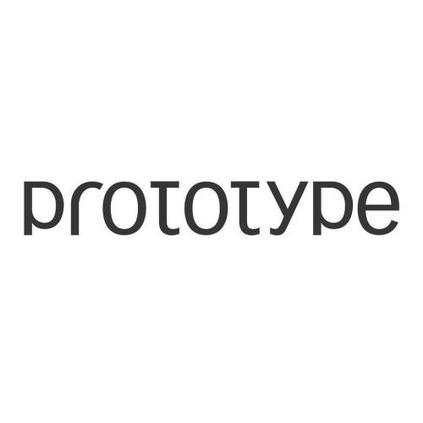While computers play an increasingly important role in every aspect of our lives, their inability to understand what tasks users are physically performing makes a wide range of applications, including health monitoring and context-specific assistance, difficult or impossible. With Human Activity Recognition (HAR), applications could track if a patient took his pills and detect the behavioral changes associated with diseases such as Alzheimer's. Current systems for HAR require diverse sensors (e.g., cameras, microphones, proximity sensors, and accelerometers) placed throughout the environment to provide detailed observations needed for high-accuracy HAR. The difficulty of instrumenting an environment with these sensors makes this approach impractical. This project considers whether recent advances in indoor localization (Wi-Fi Round Trip Time) enable high-accuracy HAR using only a smartphone. My design, called Location-Enhanced HAR (LEHAR), uses machine learning to combine acceleration, audio, and location data to detect common human activities. A LEHAR prototype, designed to recognize a dozen common activities conducted in a typical household, achieved an F1-score of 0.965. In contrast, existing approaches, which use only acceleration or audio data, obtained F1-scores of 0.660 and 0.865, respectively, on the same activities. In addition, the F1-score of existing designs dropped significantly as more activities were added for recognition, while LEHAR was able to maintain high accuracy. The results show that using a combination of acceleration, audio, and Wi-Fi Round Trip Time localization can enable a highly accurate and easily deployable HAR system.
翻译:虽然计算机在我们生活的方方面面都发挥着越来越重要的作用,但计算机无法理解用户实际履行哪些任务,因此难以或不可能广泛应用,包括健康监测和具体环境援助。在人类活动识别(HAR)方面,如果病人服用药丸,发现与阿尔茨海默病等疾病有关的行为变化,应用就可以跟踪。目前HAR系统需要在整个环境中设置不同的传感器(例如照相机、麦克风、近距离传感器和加速计),以提供高精确度HAR所需的详细观测。使用这些传感器对环境进行仪器的难度使得这种做法变得不切实际。这个项目考虑室内定位(光-Fi圆Trip Tripp time)方面的最新进展是否只能够使用智能手机进行高精确度HAR。我的设计,称为位置-Enhanchaned HAR(LEHAR),使用机器学习将加速度、音频和位置数据结合起来,以探测人类共同活动。LEHAR模型旨在识别在典型住户中开展的十几项共同活动,实现了F1-60的精确度。与此相比,现有方法(仅使用高加速度或高清晰度的F-68-LA)的精确度,同时展示了高速度和高清晰度的加速度,同时显示了现有F-58的快速-58的快速-58-直径的精确度活动。



